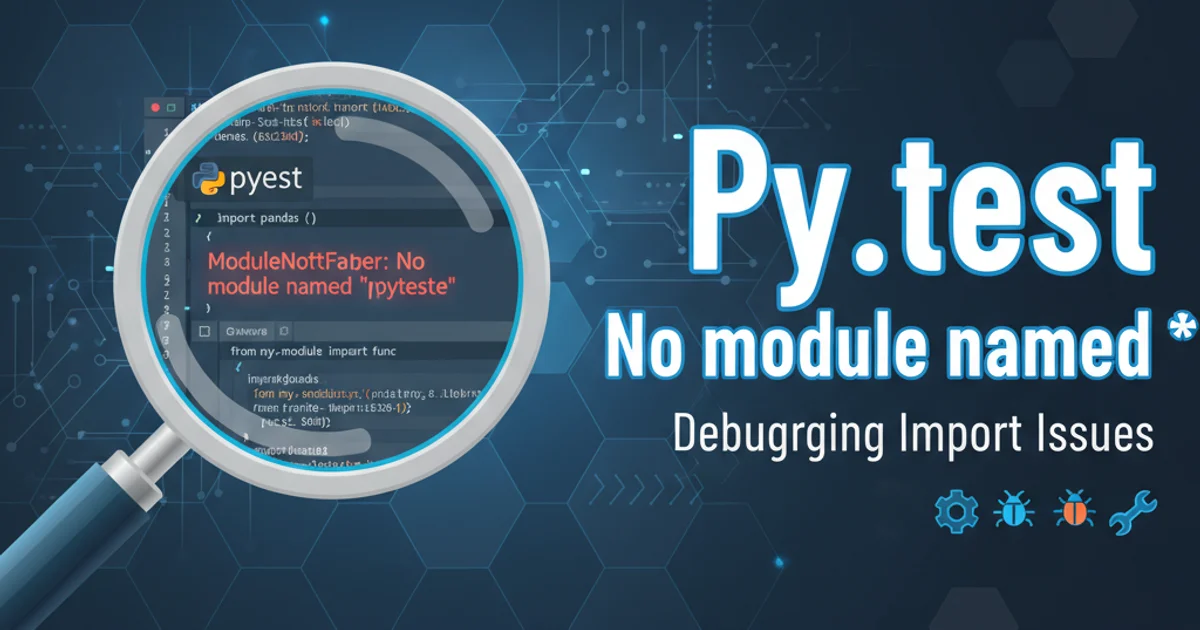How can I expose more than 1 port with Docker?
Categories:
Exposing Multiple Ports in Docker Containers

Learn how to effectively expose and manage multiple network ports for your Docker containers, enabling complex application architectures.
Docker containers are designed to encapsulate applications and their dependencies, often requiring network access. While exposing a single port is straightforward, many real-world applications, such as web servers with administrative interfaces, microservices, or database clusters, need to expose multiple ports. This article will guide you through various methods to achieve this, ensuring your applications are accessible and secure.
Understanding Docker Port Exposure
Before diving into multi-port exposure, it's crucial to understand how Docker handles networking and port mapping. Docker containers run in an isolated network environment. To make services inside a container accessible from the host machine or other networks, you need to map container ports to host ports. This mapping can be explicit or dynamic.
There are two primary mechanisms for exposing ports:
EXPOSEinstruction in Dockerfile: This declares which ports a container listens on at runtime. It's purely informational and doesn't actually publish the ports.-por--publishflag withdocker run: This publishes a container's port to the host. This is where the actual port mapping happens.
flowchart TD
A[Application in Container] --> B["Container Port (e.g., 80)"]
B --> C["Docker Engine (Port Mapping)"]
C --> D["Host Port (e.g., 8080)"]
D --> E[External Access]
subgraph Docker Container
A
B
end
subgraph Host Machine
C
D
endBasic Docker Port Mapping Flow
Exposing Multiple Ports with docker run
The most common way to expose multiple ports is by using the -p (or --publish) flag multiple times when running a container. Each instance of the flag defines a separate port mapping. You can map specific host ports to container ports, or let Docker dynamically assign available host ports.
docker run -d \
-p 8080:80 \
-p 8443:443 \
--name my-web-app nginx:latest
Mapping host ports 8080 to container port 80, and host port 8443 to container port 443 for an Nginx container.
HOST_PORT:CONTAINER_PORT. If you omit HOST_PORT (e.g., -p 80), Docker will randomly assign an available host port. You can find the assigned port using docker port <container_name> <container_port>.Using Docker Compose for Multi-Port Services
For multi-service applications or when managing complex configurations, Docker Compose is the preferred tool. It allows you to define your application's services, networks, and volumes in a YAML file, making it easy to manage multiple containers and their port exposures. The ports section within a service definition handles port mapping.
version: '3.8'
services:
web:
image: nginx:latest
ports:
- "8080:80" # Map host port 8080 to container port 80
- "8443:443" # Map host port 8443 to container port 443
api:
image: my-api-service:latest
ports:
- "5000:5000" # Map host port 5000 to container port 5000
To run this configuration, navigate to the directory containing your docker-compose.yml file and execute:
docker-compose up -d
Docker Compose simplifies the management of multiple services and their respective port configurations, making it ideal for development and production environments.
Exposing Port Ranges
Docker also supports exposing a range of ports. This can be useful for applications that dynamically open ports within a specific range, such as certain gaming servers or peer-to-peer applications. You can specify a range for both host and container ports.
docker run -d \
-p 3000-3005:3000-3005/tcp \
--name my-game-server my-game-image:latest
Exposing a range of TCP ports from 3000 to 3005 on both host and container.
Network Considerations and Best Practices
When exposing multiple ports, consider the following best practices:
- Specificity: Always map specific host ports to specific container ports unless you have a strong reason for dynamic assignment. This makes your application's network configuration predictable.
- Security: Avoid exposing unnecessary ports. If a service only needs to communicate with other containers, use Docker's internal networking without publishing ports to the host.
- Port Conflicts: Ensure that the host ports you choose are not already in use by other applications or containers. Docker will throw an error if there's a conflict.
- Documentation: Clearly document which ports your application uses and why, especially in
docker-compose.ymlfiles or deployment scripts. - Docker Networks: For complex multi-container applications, leverage custom Docker networks. This allows containers to communicate with each other by name, without needing to expose all their ports to the host.
graph TD
A[Host Machine] --> B["Docker Bridge Network (default)"]
B --> C1["Container 1 (App Server)"]
B --> C2["Container 2 (Database)"]
C1 -- "Port 8080:80" --> A
C2 -- "Port 5432 (internal)" --> C1
style C2 fill:#f9f,stroke:#333,stroke-width:2px
style C1 fill:#bbf,stroke:#333,stroke-width:2pxContainer communication with one port exposed to host and another internal
By following these guidelines, you can effectively manage multiple port exposures for your Docker containers, building robust and scalable applications.